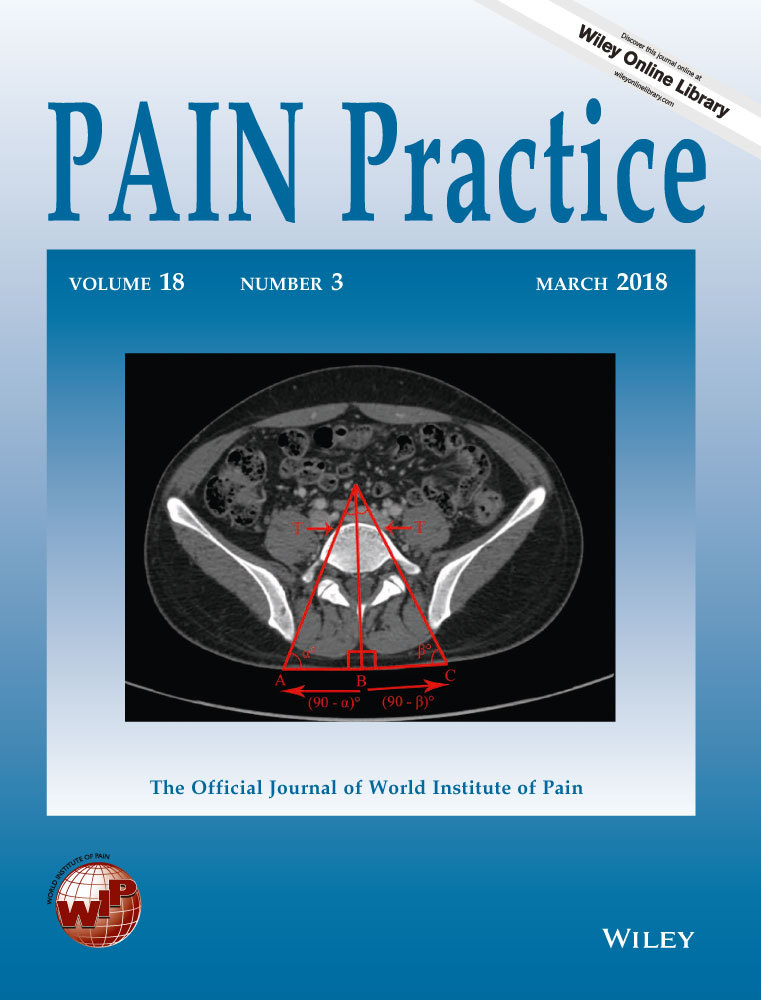Increased Sympathetic Outflow Induces Adaptation to Acute Experimental Pain
Abstract
Background
There are interrelationships between the autonomic nervous system and pain. This study aims to explore the effect of different autonomic manipulations on pain perception and modulation.
Methods
Twenty healthy subjects (10 men and 10 women, mean age 25 ± 3 years) participated in this single-blinded, semi-randomized, controlled study, which included 2 study visits. Warm detection thresholds, heat pain thresholds, conditioned pain modulation (CPM), and pain adaptation were tested before and after administration of phenylephrine, clonidine, yohimbine, and saline.
Results
Changes in heart rate and blood pressure were found after all the pharmacological interventions. The only effect on pain measures was that yohimbine enhanced pain adaptation capacity while phenylephrine reduced it (P = 0.032). Several significant correlations were found between autonomic and pain parameters; greater decreases in heart rate after phenylephrine were associated with reduced pain ratings (r2 = 0.288, P = 0.018). In addition, enhanced pain adaptation was associated with higher total vascular resistance (r2 = 0.442, P = 0.01).
Conclusions
Different effects of acute autonomic manipulations on experimental pain were found: an increase in sympathetic tone induced by yohimbine led to reduced pain sensitivity; a decrease in sympathetic tone with no effect on vagal-parasympathetic tone induced by phenylephrine led to reduction in pain adaptation capacity; and a decrease in sympathetic tone and increase in vagal parasympathetic tone by clonidine led to no change in pain adaptation capacity. While increased sympathetic outflow does facilitate pain adaptation, activation of either the sympathetic or parasympathetic limbs of the autonomic nervous system does not affect pain thresholds or CPM. Finally, a correlation exists between nociception and cardiovascular parameters only due to baroreflex activation.




